Last year, the OnePlus 12 marked the return to business of the brand that never rests, as its slogan Never Settle suggests. Now it's time for the OnePlus 13, the latest high-end smartphone from the Oplus group to come out of the woodwork after the Oppo Find X8 Pro and the Realme GT 7 Pro.
The three smartphones also share many elements of their technical specifications and the three interfaces that run these devices, Realme UI, OxygenOS and ColorOS are 95% identical.
Does OnePlus still have the arguments to stand out from the crowd? Has the once very community-oriented brand calmed down a little too much? Let's try to see more clearly with our OnePlus 13 review.
Lighter, thinner, more resistant
The OnePlus 13 brings substantial improvements to the design. It manages to lower its weight by 10 g (220 g), its thickness drops to 8.5 mm and it is equipped with a new certification for waterproofing (dust and fresh water) IP 69. Compared to IP68, this new standard still guarantees that the phone can be submerged for 30 minutes at a depth of 1.5 m, but adds protection against high pressure and temperatures up to 80 ° C, the brand says.
A small design detail that is not stolen from cockchafers, the screen is curved on all four edges. A detail also worn by the Oppo Find X8 Pro and Realme GT 7 Pro. Your preference for a flat or curved screen will undoubtedly be a matter of taste, but the gain in terms of immersion and reduction of the borders still seemed quite significant to us. Under the screen, an ultrasonic fingerprint sensor has been integrated. Enough to unlock the smartphone as soon as your finger is placed on the front. Thanks to these design choices, the OnePlus 13 benefits from a smooth, very comfortable and well-balanced grip, its edges halfway between flat and rounded serve it quite well.
For As for the look, it is in line with the OnePlus 12, and more broadly, like most Chinese smartphones in 2024, it opts for a round photo block. He chooses to slightly offset it to the left and to underline it with a discreet silver border. We also find the H of Hasselblad, the brand's photo partner for more than 3 years now, with the Oneplus 9 at the time.
Still on the back, the Oneplus 13 chooses a vegan leather covering. This one is not very textured and is rather smooth.
We also find one of the manufacturer's trademarks on the edge, its famous alert slider, which allows you to choose between three modes: silent, vibrate or ring. A small element of style that we will appreciate, even if it is not always practical on a daily basis, as we often find ourselves in an unwanted mode.
Photo: classic on the hardware, generous on the features
On a purely hardware level, the OnePlus technical sheet could not be more classic. We find the usual trio of modules, with suitable sensor sizes and a nice aperture on the wide angle:
- Wide angle: Sony LYT-808 sensor, 50 Mpx type 1/1.4 inch, aperture F/1.6, 24 mm;
- Telephoto: Sony LYT-600 sensor, 50 Mpx type 1/1.95 inch, aperture F/2.6, 73 mm;
- Ultra wide angle: 50 Mpx sensor, F/2.0, 15 mm.
- Selfie: 32 Mpx sensor type 1/2.74 inch, F/2.4, 21 mm.
In addition to this configuration, the device is full of features to push the photo experience a little further. For example, it integrates a double exposure system, short and long at the same time, which in theory allows you to obtain better results to capture a subject while moving. Concretely, you should keep both the details and the HDR.
If we take a complete inventory of the improvements, here they are:
- The burst mode has also been improved, you just have to keep the shutter button pressed to align the shots;
- The action mode, which is used for photos of moving objects, is no longer limited to the X0.6, X1 and X3, and works in 60 FPS;
- The portrait mode has been reworked, in particular the tone mapping which should improve the dynamic range;
- It is now possible to shoot in 4K Dolby Vision on all cameras. OnePlus reminds us that the Galaxy S24 Ultra is limited to X1 and X0.6 and in 1080p and the iPhone 16 Pro is limited to 2.8K;
- The digital zoom also benefits from new AI processing. When you zoom beyond X10 magnification, you will see a small window appear warning you that the image will be smoothed.
What does it look like in practice?
Let's take a look at the photo capabilities of the OnePlus 13 module by module. We will then focus on some specific features.
Wide angle
First observation, all the photo modules are very responsive. By this we mean that when you want to capture a scene by pressing the shutter button, there is little or no latency between the moment of pressing and the capture (except in night mode which requires an exposure time).
The wide angle of the OnePlus 13 is very satisfactory in everyday use. It offers very good image sharpness and the colors are quite warm without turning into overly garish tones.
Zooming in digitally on the main sensor, we get a very decent X2 magnification equivalent as well.
Ultra wide angle
Ultra wide angle loses some quality in night scenes as you can see below. During the day, however, it is a real treat to use with scenes with stunning sharpness and a beautiful colorimetric consistency with the main module.
Telephoto lens with X3 magnification
The OnePlus 13 is equipped with a telephoto lens with a focal length of 73 mm (zoom factor X3 compared to the main module). Let's not beat around the bush: this one is simply excellent. While with some competitors we feel a clear drop in quality between the wide angle and the telephoto lens, here outside the focal length, it is difficult to separate them as the consistency in terms of both quality and colorimetry is maintained. Come on, to nitpick a little, we have dark areas that are maybe a little too blocked in some shots, but that also gives a natural result.
When you open portrait mode, it starts on the X3 and will offer you to switch to X1 or X2. This one convinced us just as much, since it allows you to capture the face of a colleague even when they are moving, all with a slight natural background blur and well-developed details on the subject.
X6 and optical magnifications
The phone's interface offers to go up to a magnification equivalent to X6 by digitally zooming into the telephoto sensor. This is where we will formulate our first real reservation: the level of detail tends to collapse a little. We notice this in particular on the texture of the chess pieces. This being on more distant subjects, the OnePlus 13 does very well with all the aforementioned qualities.
Then, it is possible to zoom in even further to reach an X120 equivalent. After a shot taken from very far away, if you hurry to open the gallery, you will realize that the smartphone applies a fairly significant post-processing to try to smooth out the defects that are obligatory on this type of shot. The result is quite artificial, even if it remains amusing.
Burst
A word about the Burst mode that is activated when you hold down the shutter button. This allowed us to capture several moving subjects during this test. Here is what it looks like when you isolate three shots in a series of about twenty moving fish.
Screen: bright, very bright
To get back to the hardware part, let's look at the screen. OnePlus has gone all out on its most high-end smartphone and has integrated a very large 6.82-inch panel with a QHD definition and a resolution of 510 ppi! The brand also promises a peak brightness of 4500 nits and a dynamic refresh rate of 1 to 120 Hz. Or even better, with LTPO 4.1 technology, OnePlus explains that it can display two different refresh rates on the same screen: 60 Hz on a reading site, 120 Hz on a game for example. During our test, this did not necessarily jump out at us.
To protect all this, OnePlus integrates a Crystal shield ultra ceramic glass rather than the good old competitor Gorilla Glass Victus. This is a small risk taken by the Chinese brand, which is moving away from one of the industry standards here. As a token of good faith, they indicate that this glass is "twice as strong as that of the OnePlus 12", which was equipped with Gorilla Glass Victus 2.
The screen ends its very nice lap with a few bonuses. Version 2.0 of Aqua Touch is here, a feature that allows you to use the touchscreen even when tempered. We were able to use it and it is frankly amazing. The same goes for the gloves mode, which allows you not to remove your gloves. There too, it works perfectly.
Once in the hands of 01Lab, the OnePlus 13 does not display the promised 4500 nits, but it still manages to go up at 1718 nits in HDR peak. A very good score that places it among the best, but a few cables away from a Pixel 9 Pro XL which passes the 2000 nits mark.
More generally, the average brightness is excellent with a figure of 1415 nits, much better than that of the OnePlus 12 last year, but also well ahead of a certain iPhone 16 Pro which peaks at 1050 nits. The Galaxy S24 Ultra remains the master on board with 1550 nits.
OxygenOS is looking for a little air
As we said above, the OnePlus 13 comes with OxygenOS (under Android 15). The interface increasingly resembles Oppo's ColorOS and Realme UI, due to the pooling of resources between the three brands of the same group.
That being said, each manufacturer will add its two cents to try to please its target. For OnePlus, this translates into Open Canvas, a bright idea taken from OnePlus Open. Here, it allows you to have two applications launched at the same time and to store one or the other to the right or left of the screen with a gesture.
OyxgenOS is also supposed to be more fluid. OnePlus explains that it has reworked the way its interface manages tasks. Previously, each app launch had to go through six steps before another could be launched. The engineers reduced this to two steps, with the other four being able to be performed in parallel afterwards.
OxygenOS is also lighter. The interface has lost 5 GB. The system weighs 19 GB on our test model.
We are of course entitled to the usual AI features: AI notes, tone change, writing assistance, article summary, etc. A good number of them are still unavailable in French. The two most impressive are undoubtedly AI summary and AI lyrics, which will take care of summarizing a web page either in text or orally. There is of course also the Google suite with Surround to search and Gemini.
The integration of AI features is rather well thought out. Everything goes through the side menu, which allows you not to clutter the space and to access it in two movements without too much friction.
In terms of software monitoring, OnePlus promises 4 years of Android updates and 6 years of security patches. This is a correct promise for a terminal of this type, but behind its competitors, Samsung and Google both going up to 7 years.
Under the hood: the best chip on the market and a very large battery
Let's take a look under the hood. On that, you should be calm. The OnePlus 13 integrates a Snapdragon 8 Elite, 12 to 16 GB of LPDDR5X RAM, 256 to 512 GB of UFS 4.0 storage. The chip supports WiFi 7 and Bluetooth 5.4, the latest standards in force in short.
Result of the races, we inherit a very fast and responsive smartphone on a daily basis. It doesn't flinch, the loading time for launching apps is imperceptible, there is no micro-freeze when switching from one app to another, in short, it's all good.
Antutu shows a real gain in power on the graphics part, despite a rather strange decline on the CPU part. Memory is also well managed.
On Geekbench, the OnePlus 13 is not far from being on par with the Asus ROG Phone 9 Pro, with which it shares the chip. The Asus is to date the smartphone with the highest scores in our benchmarks.
The OnePlus 13 also manages to surpass it on the best score in one loop of the 3DMark Wild Life benchmark, this at the cost of a little stability.
In video games, on Genshin Impact, the OnePlus 13 is totally cruising with the graphics settings pushed to the maximum, all in 60 FPS, it manages to stay above the average 58 FPS and the temperature remains moderate with 34 °C after 20 minutes of play. In addition, the heating is felt very little.
Autonomy: a huge battery that pays off
The battery is also particularly tempting, with its 6000 mAh divided into two cells, enabled by Carbon Silicone technology. OnePlus promises that the battery will not fall below 80% capacity after 4 years of use.
For charging, two solutions are available to you, the 100 W wired charge with the SUPER VOOC technology of the OPlus group. You will need a charger from the brand that is not supplied with the phone to reach 36 minutes for a full charge. Wireless charging relies on a 50 W magnetized charging accessory, which however requires the purchase of a case from the manufacturer to work, the smartphone itself does not have an integrated magnet.
Passage updated on 02/07/2025 with the addition of the autonomy test following a failure of the latter.
To test the OnePlus 13 our new mixed autonomy protocol launched in early 2025 could not have come at a better time. This simulates continuous activity of the device by making it launch HDR video, model 3D elements, listen to music in 24 bit and other joys. The result is good, even very good: the OnePlus 13 takes 21 hours and 10 minutes to go from 100% to 10% battery life.
That being said, we noted very good battery life from the OnePlus 13. It easily lasts the day and even goes for two days consecutive usage if you are the frugal type.
On the charging side, we measured one of the best times on the market with 1 hour to reach a full charge. The interest of the fast charger lies less in the total charging time than in the percentage of autonomy reached after 10 minutes, also very good since we reach 28%.
Sound: average without more
For the sound part, the OnePlus 13 is equipped with two speakers, but prefers, as is often the case, to integrate the top one between the screen and the edge. Even if this in fact places one of the speakers below the other, the smartphone does very well to balance the whole.
On the sound rendering side, it opts for a mix that gives up a lot on the bass and treble to position itself in the more medium sounds. This has the advantage of efficiency and roundness, but a bit more bass would not have been refused.
Price of the OnePlus 13
The OnePlus starts at 1029 euros in its 256 GB version. It then goes up to 1179 euros in 512 GB. A price that places it against a Galaxy S24+ on its release.

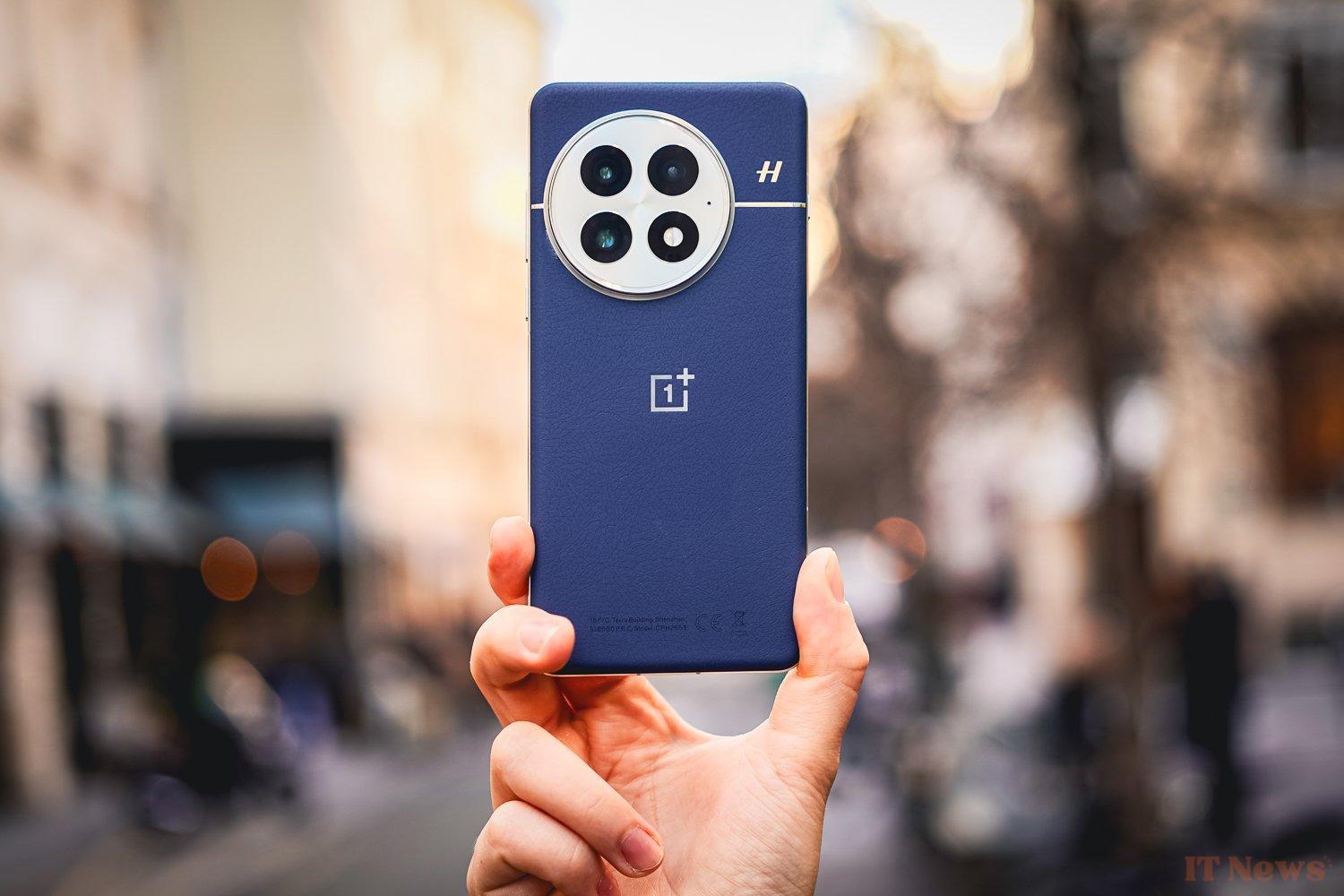
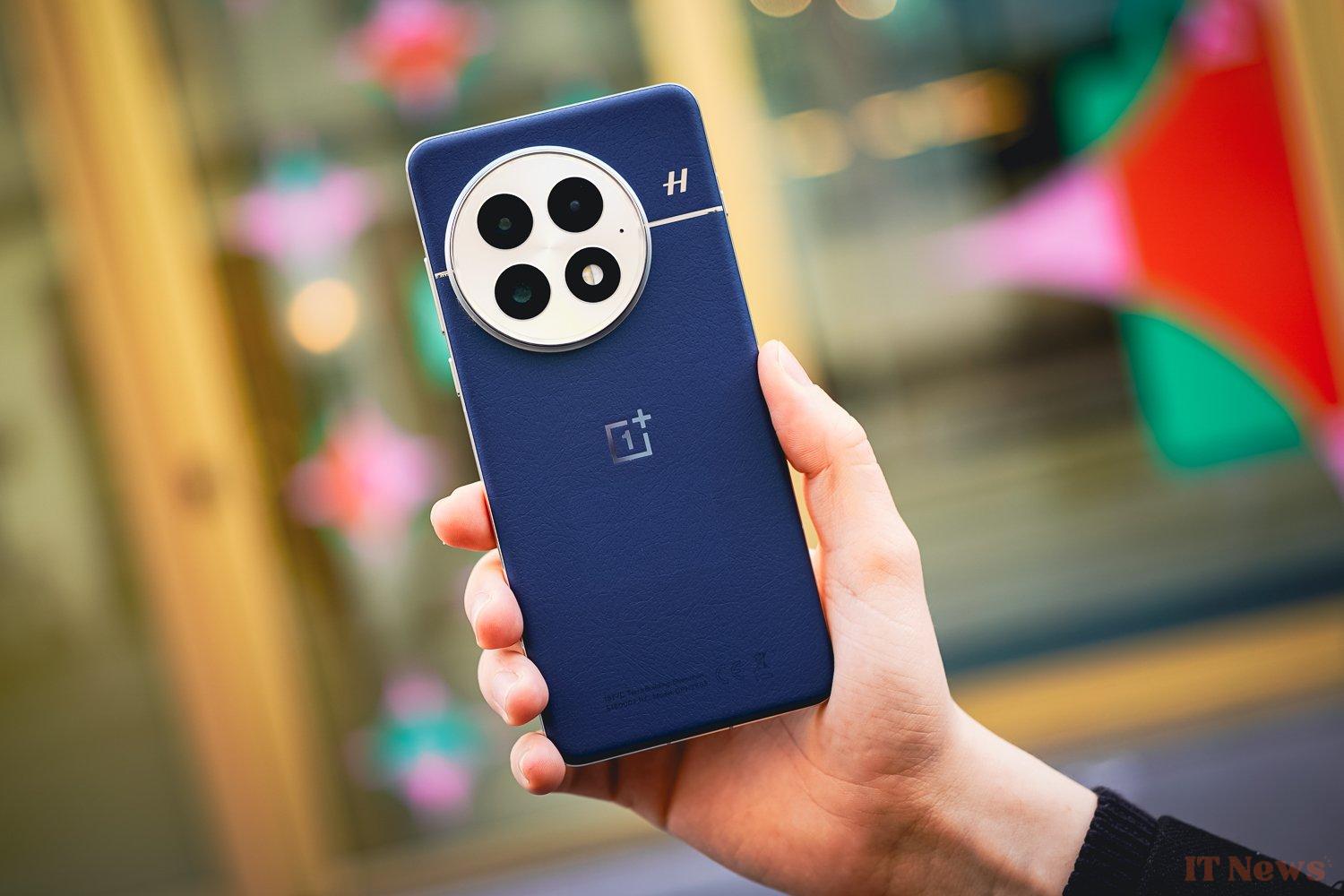
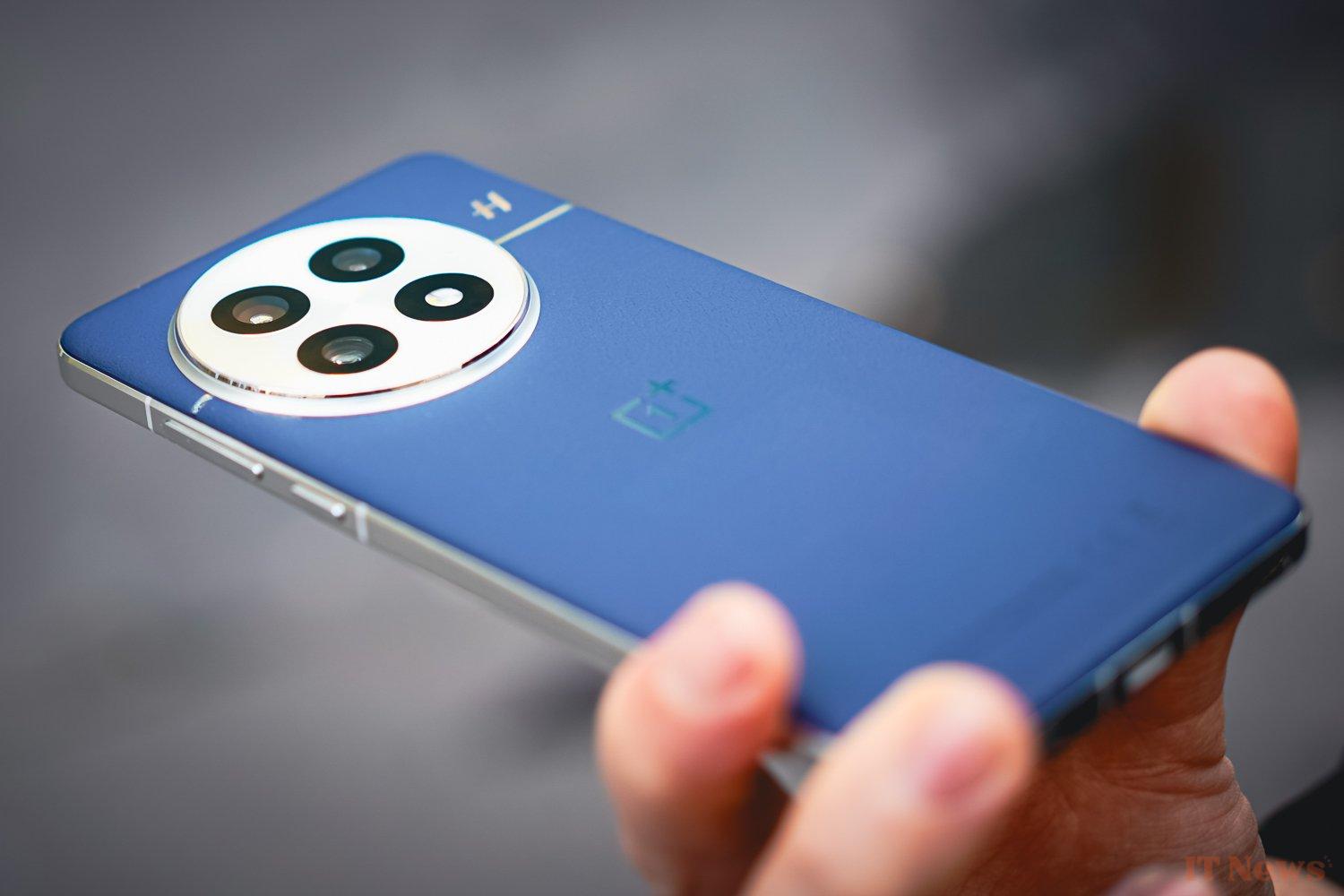
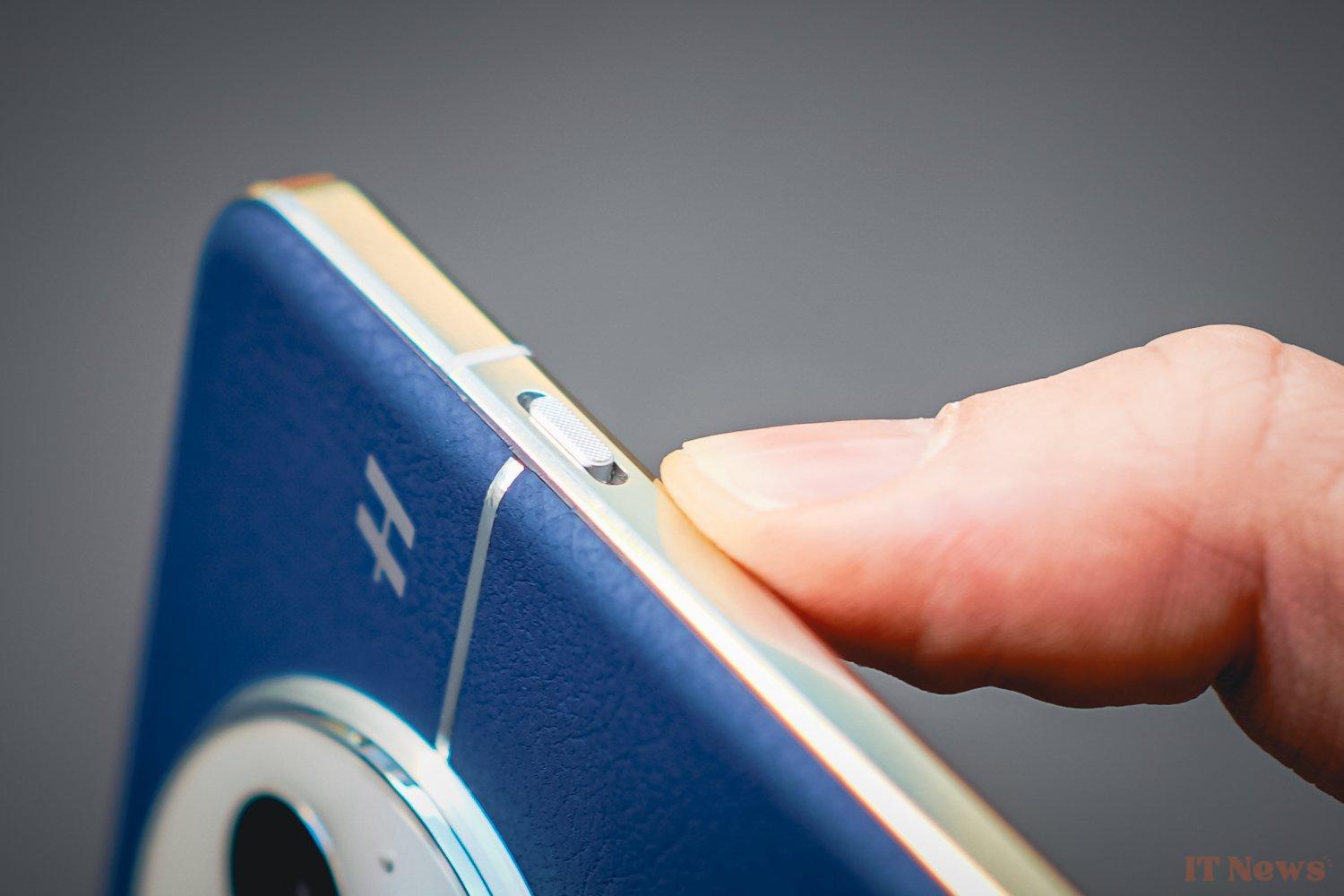



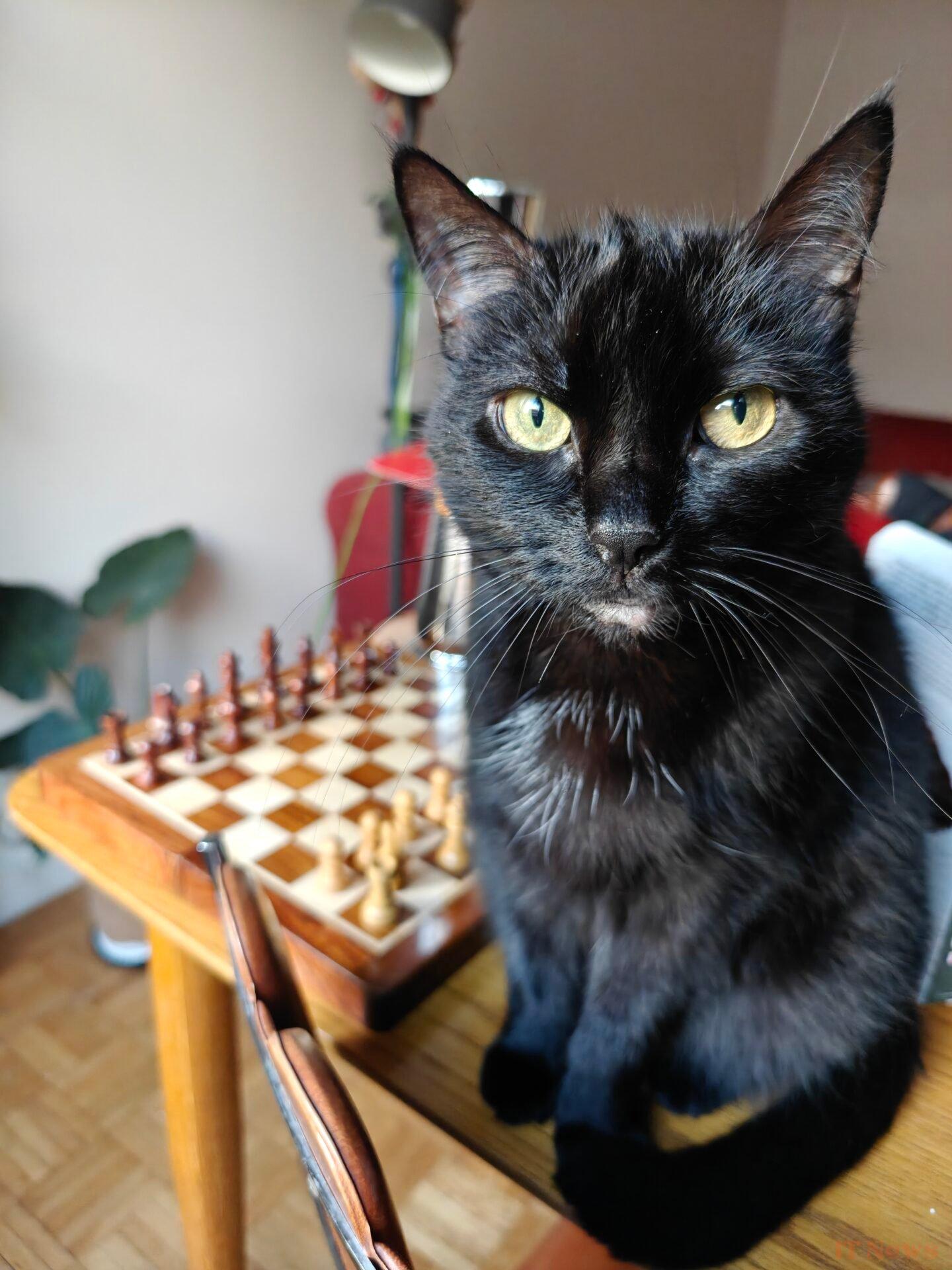
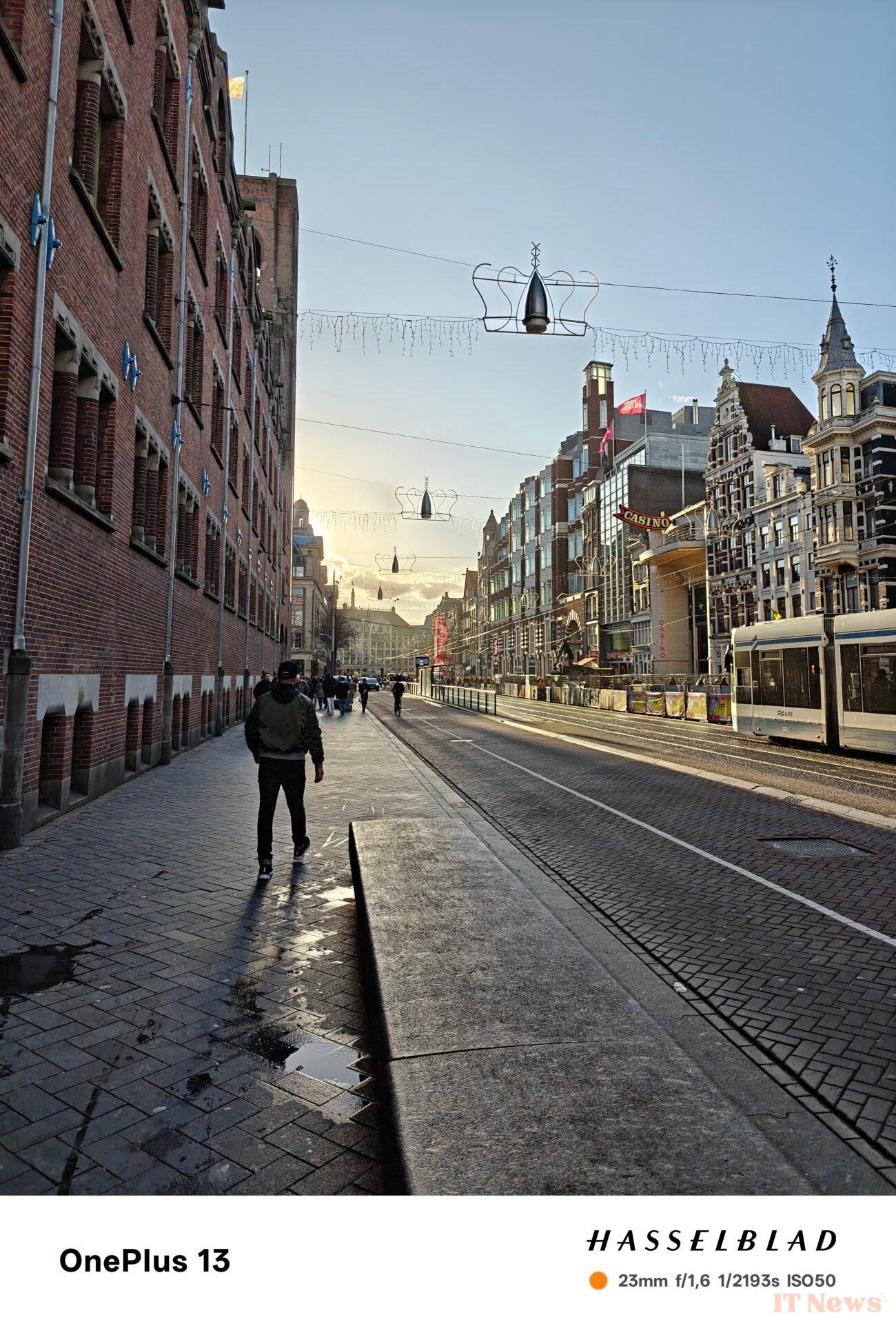

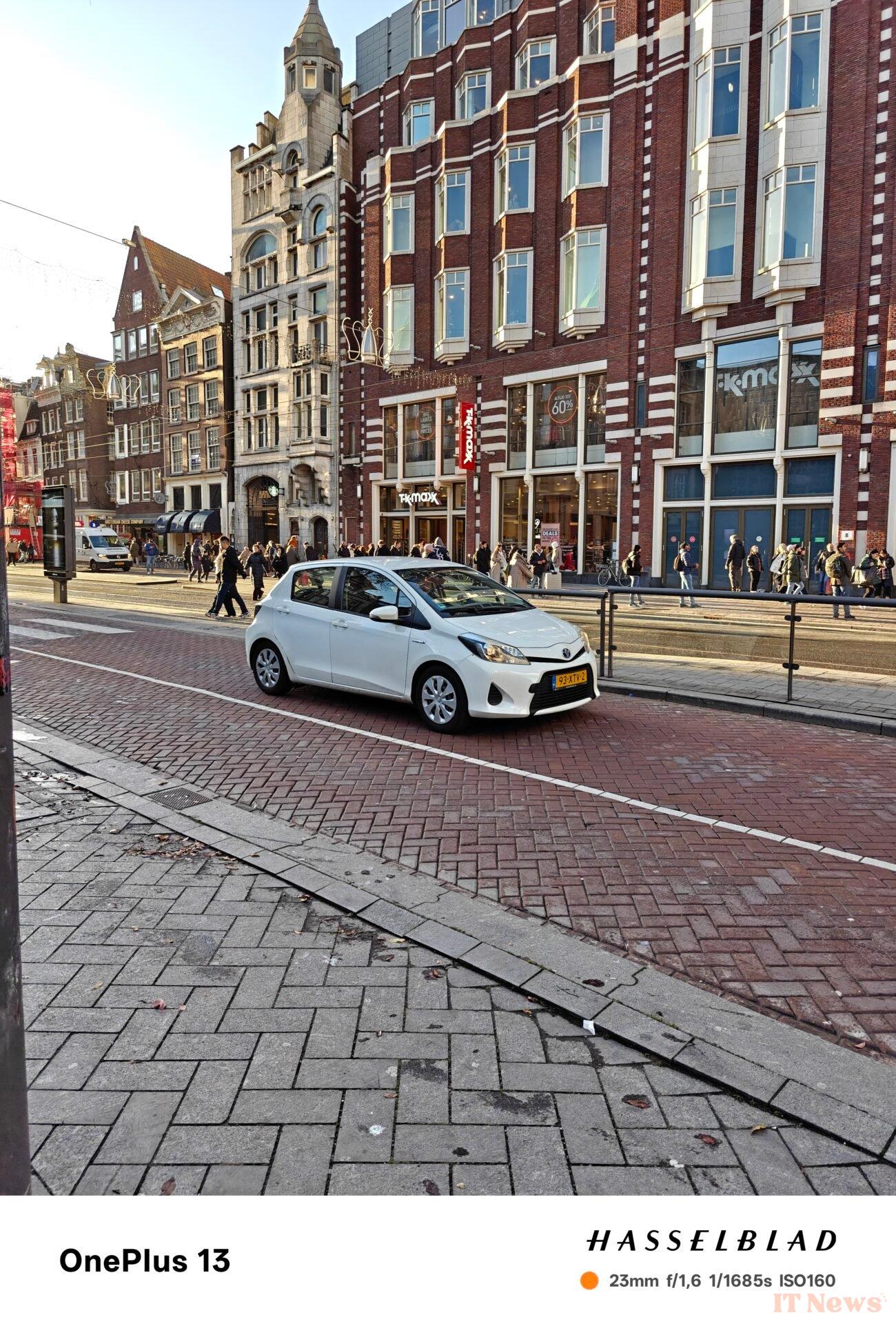
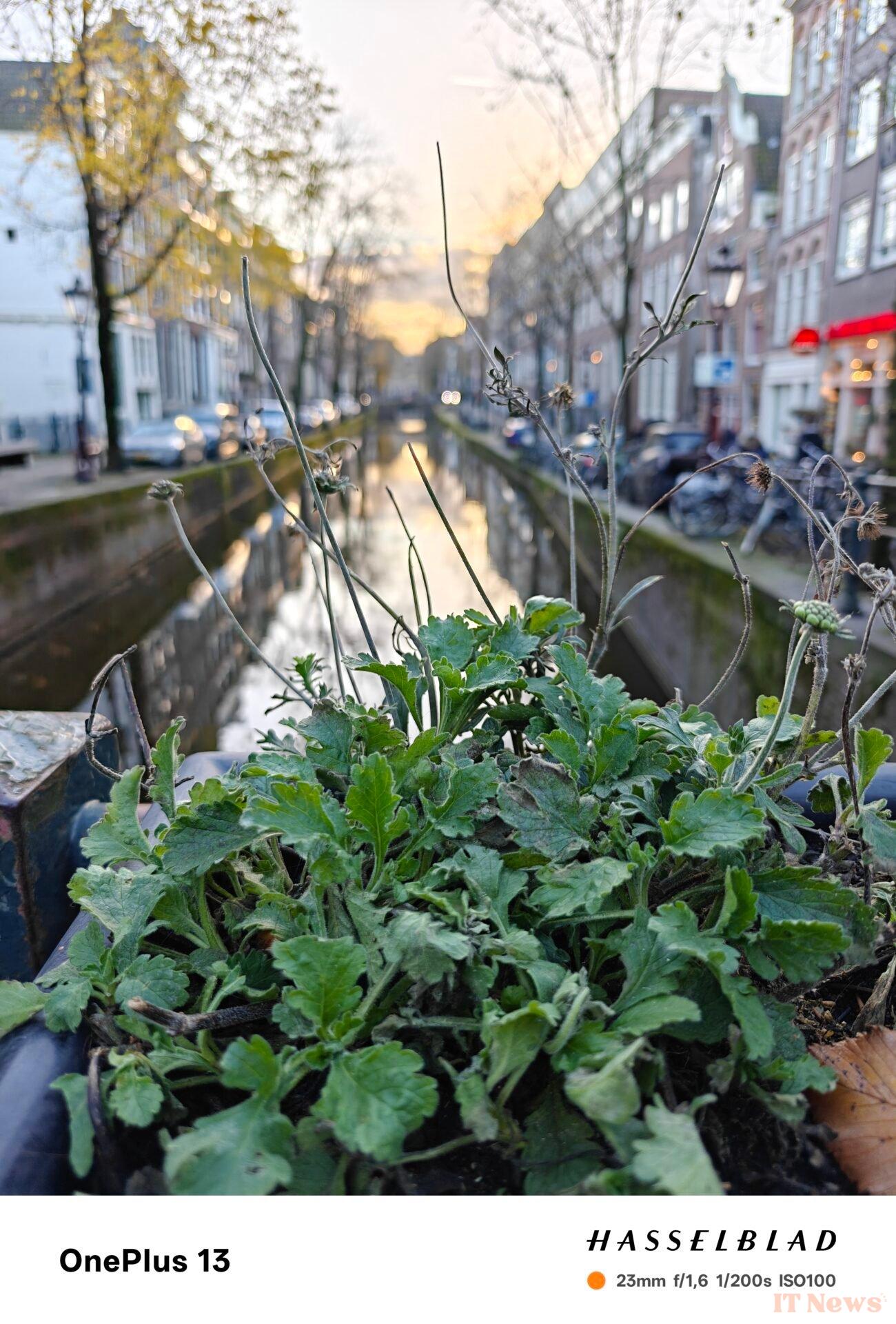








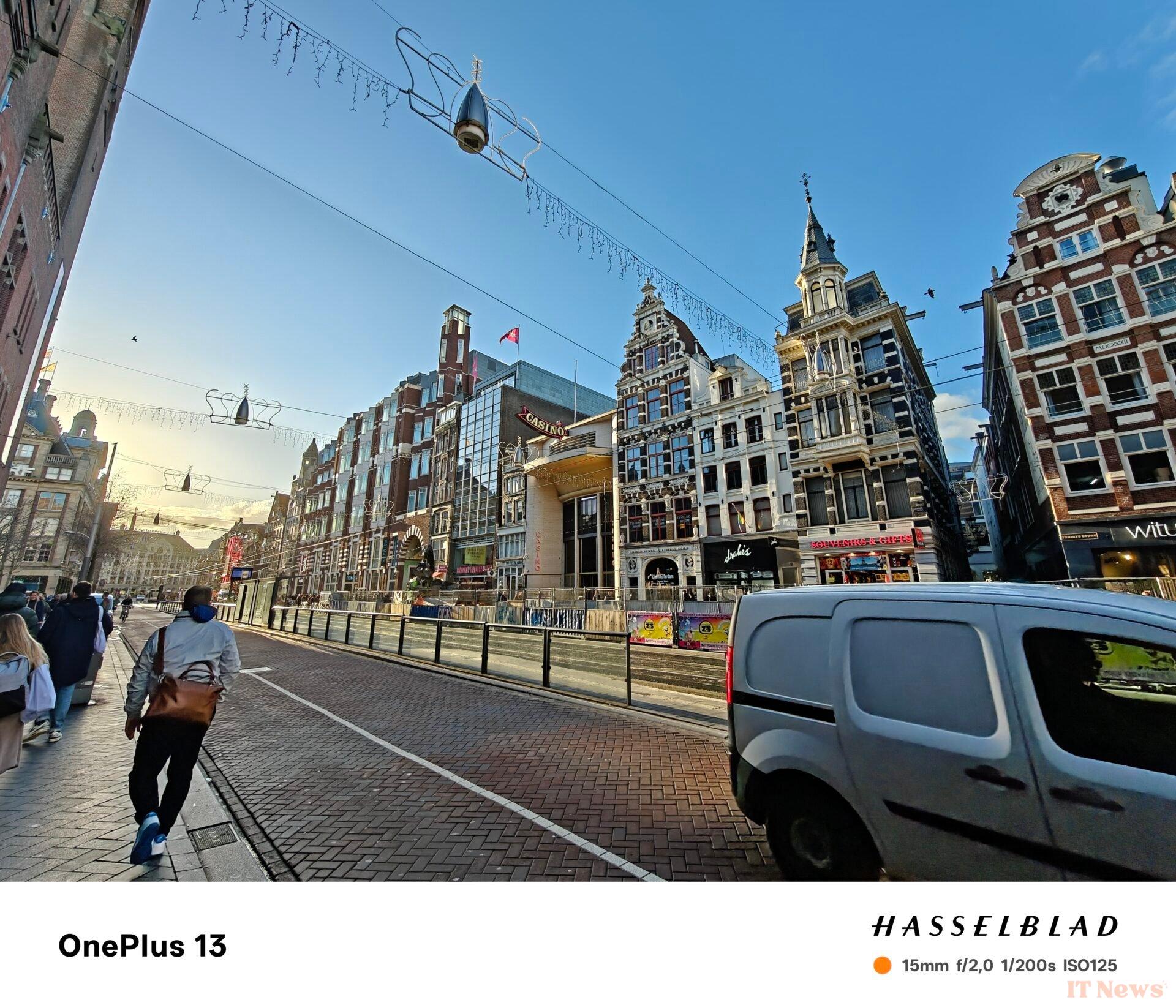




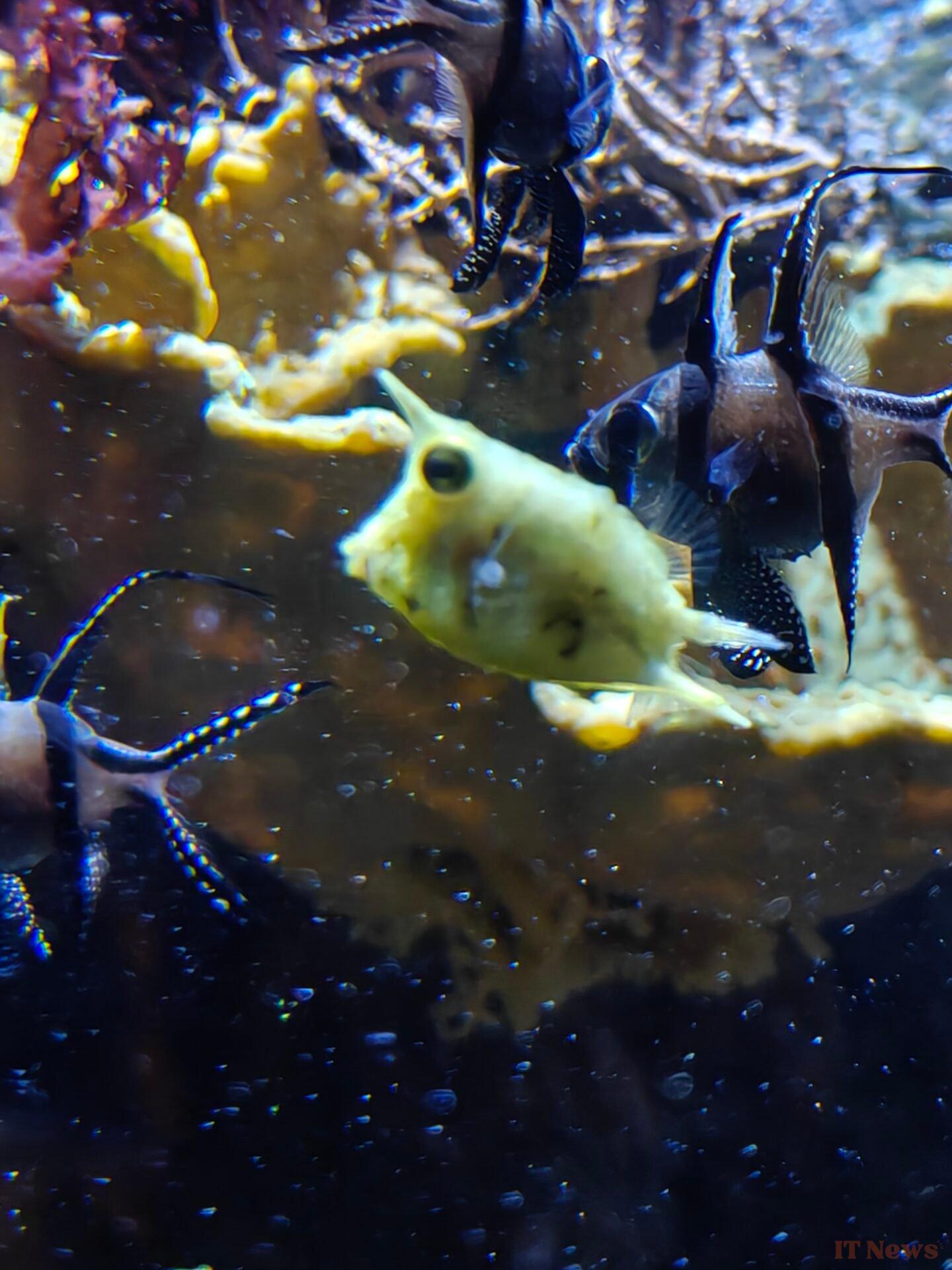

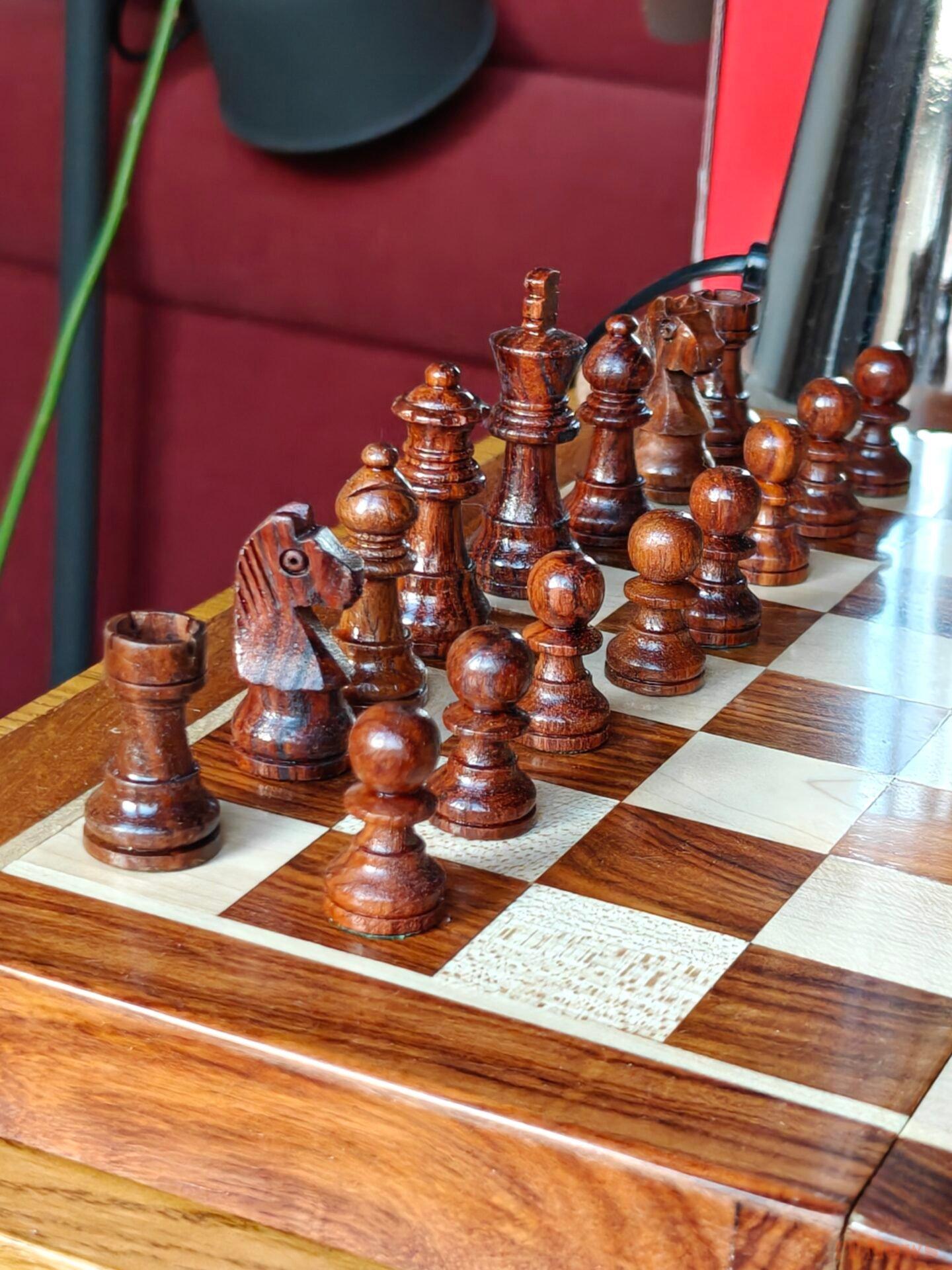



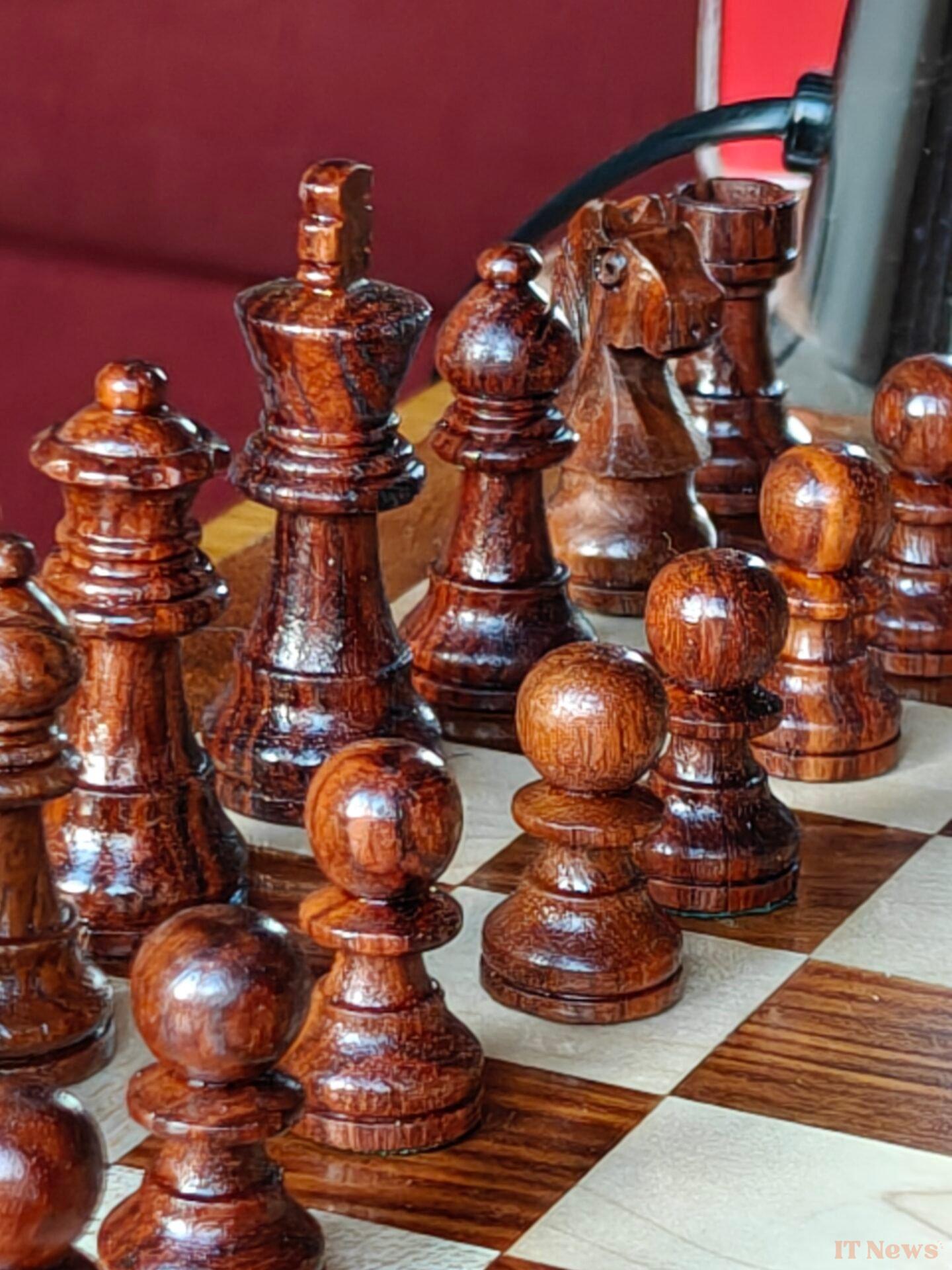






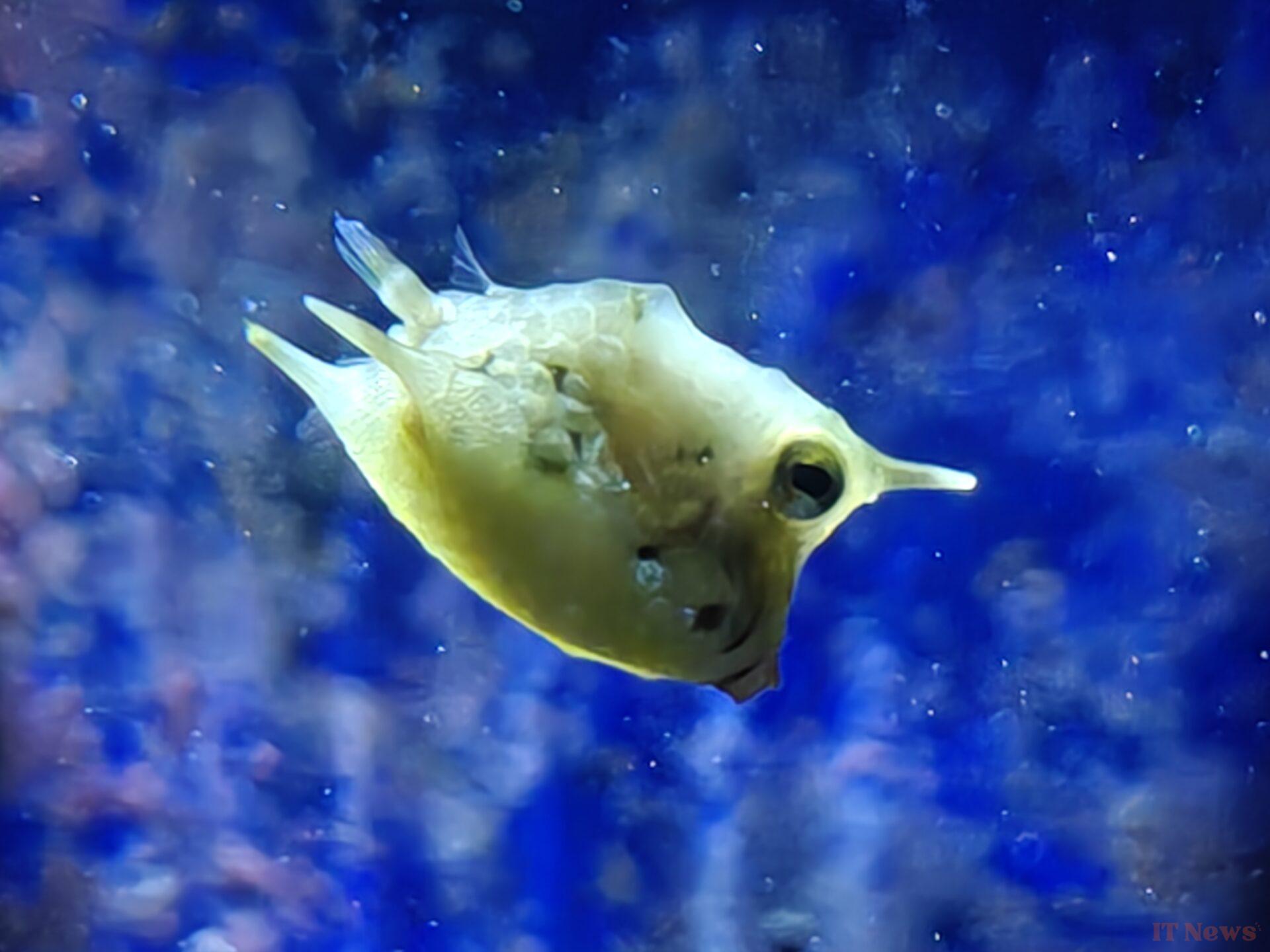
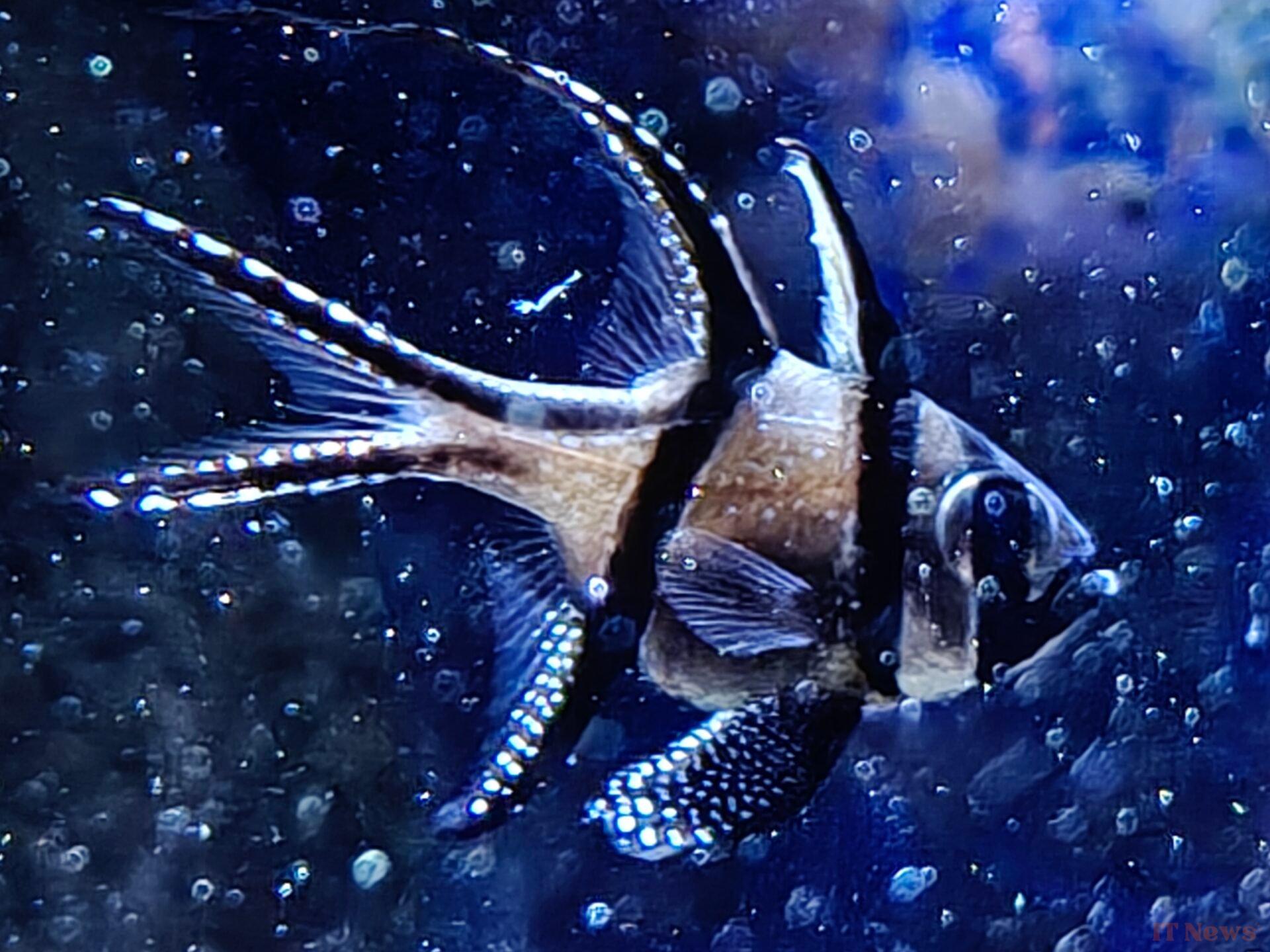





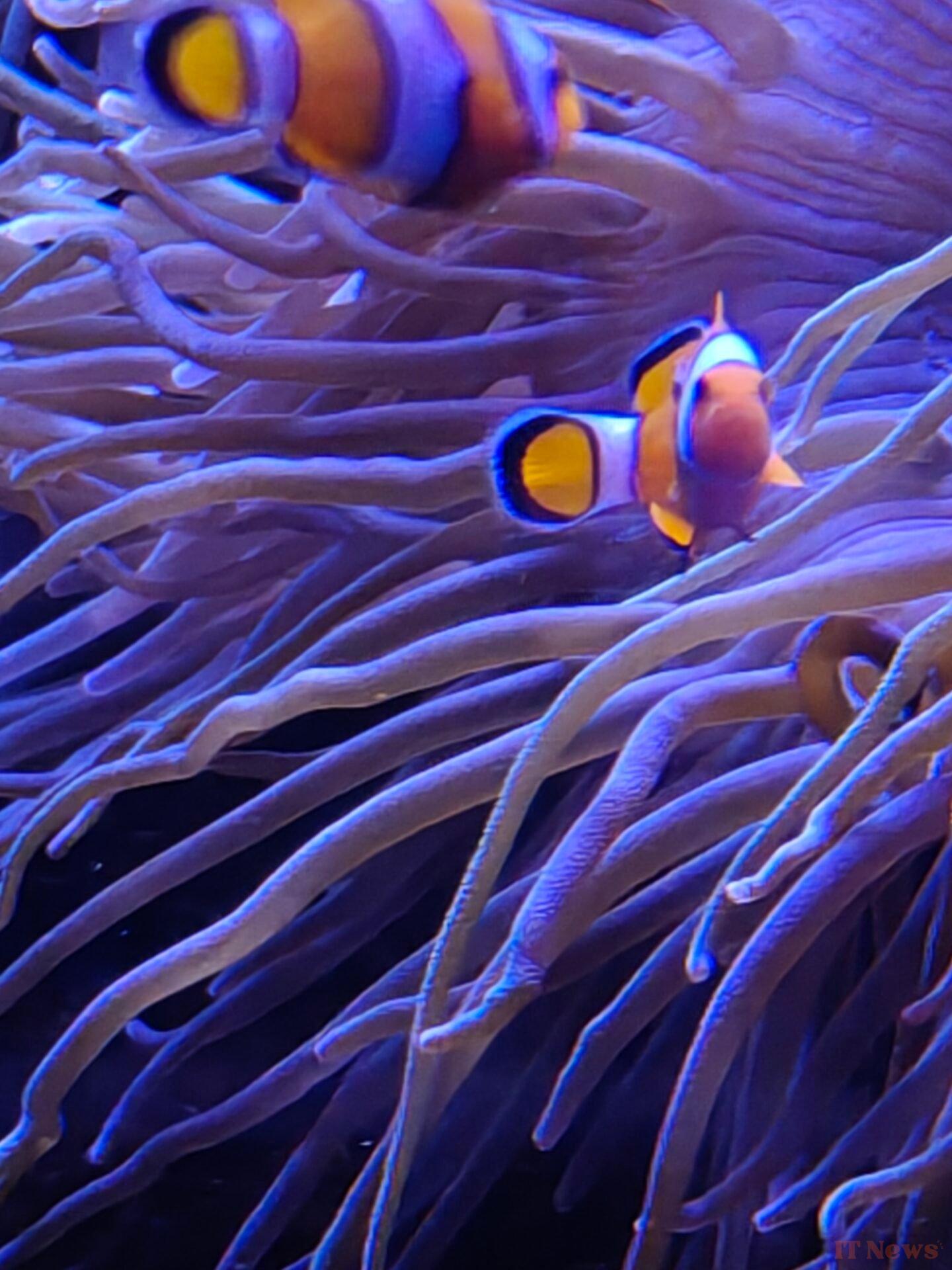

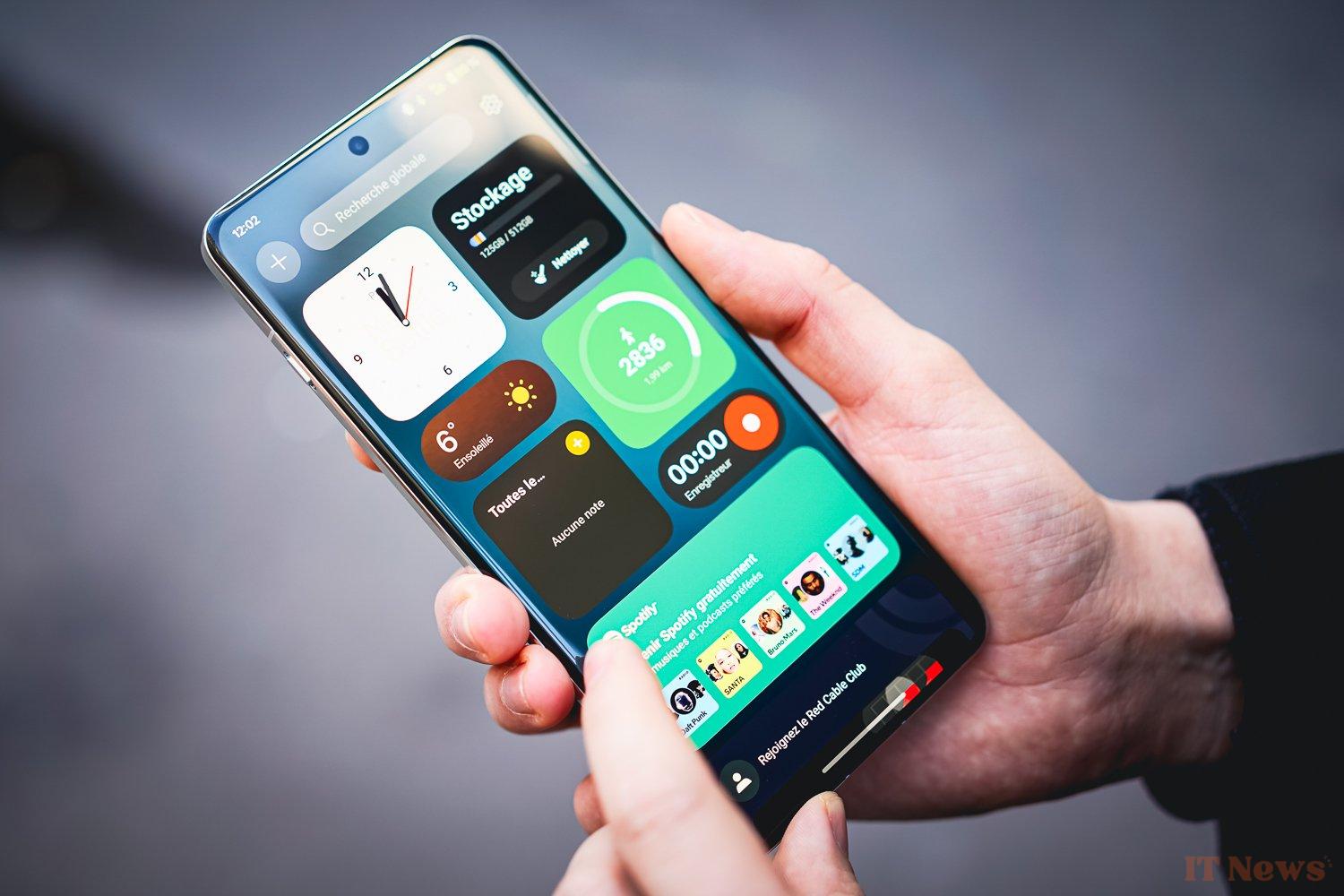
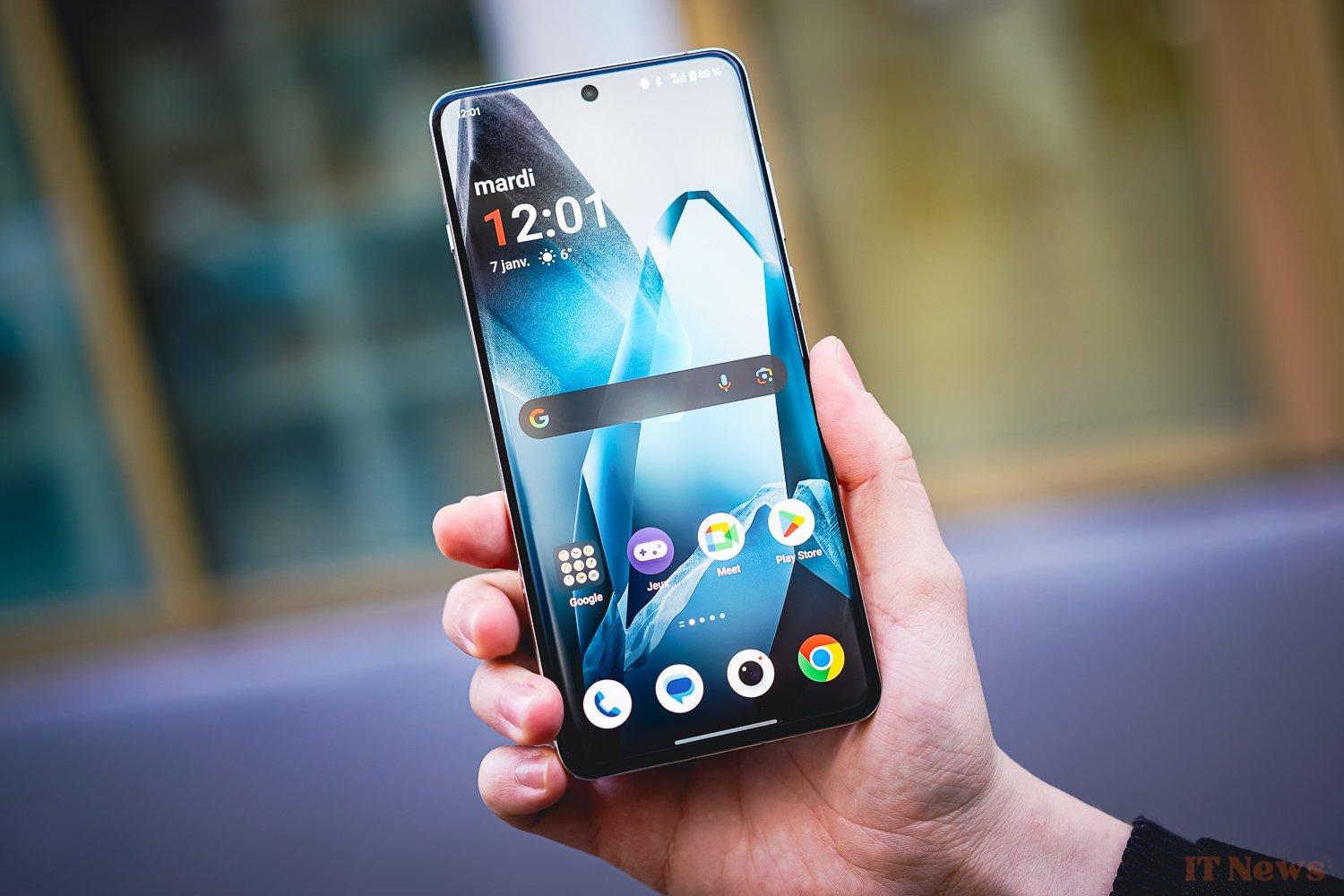
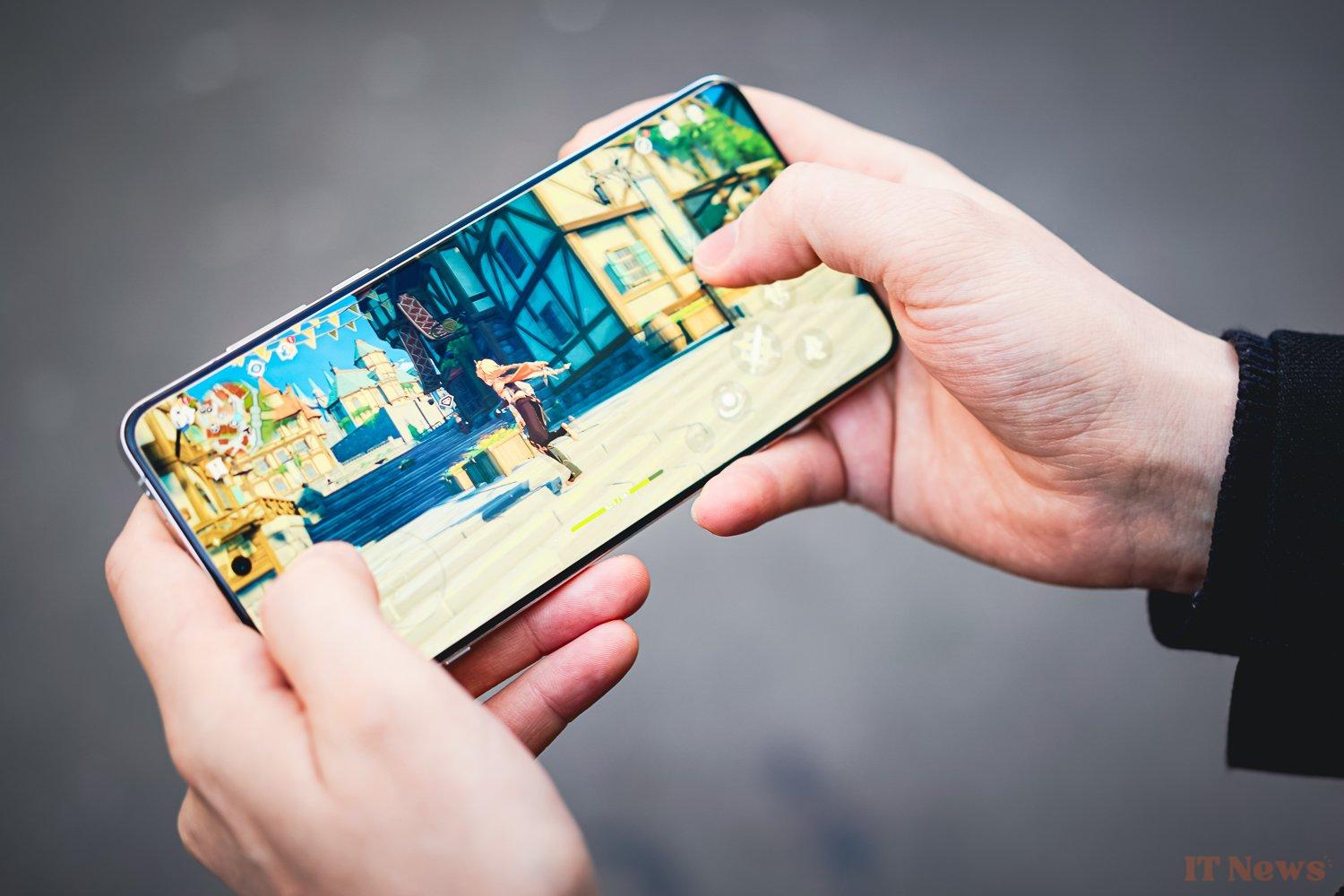
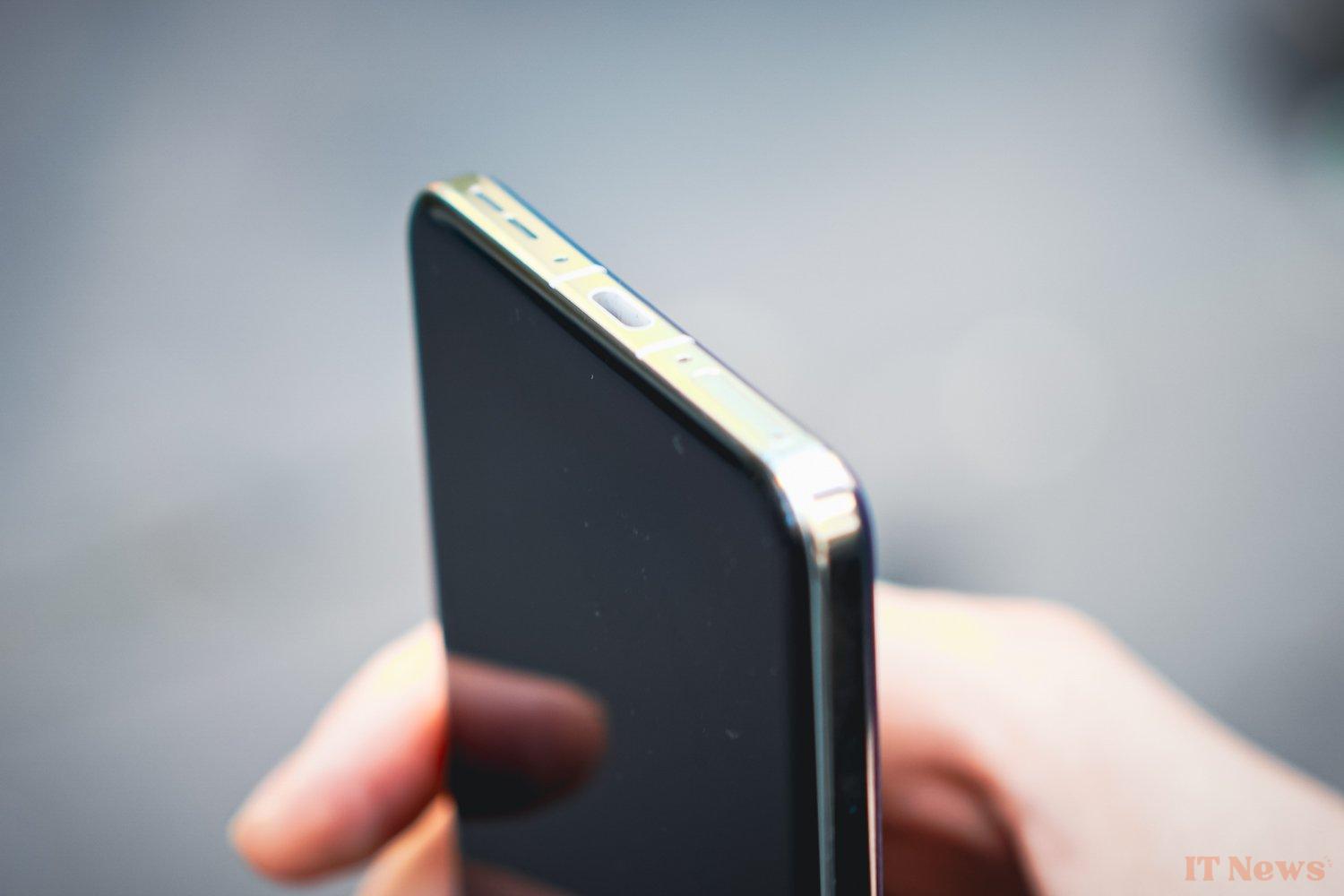

0 Comments